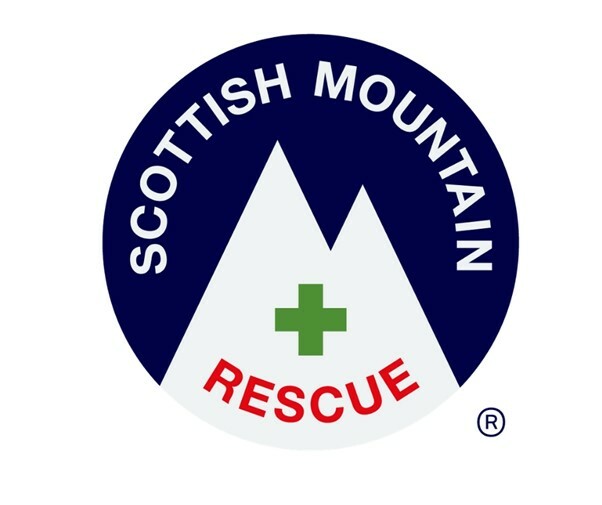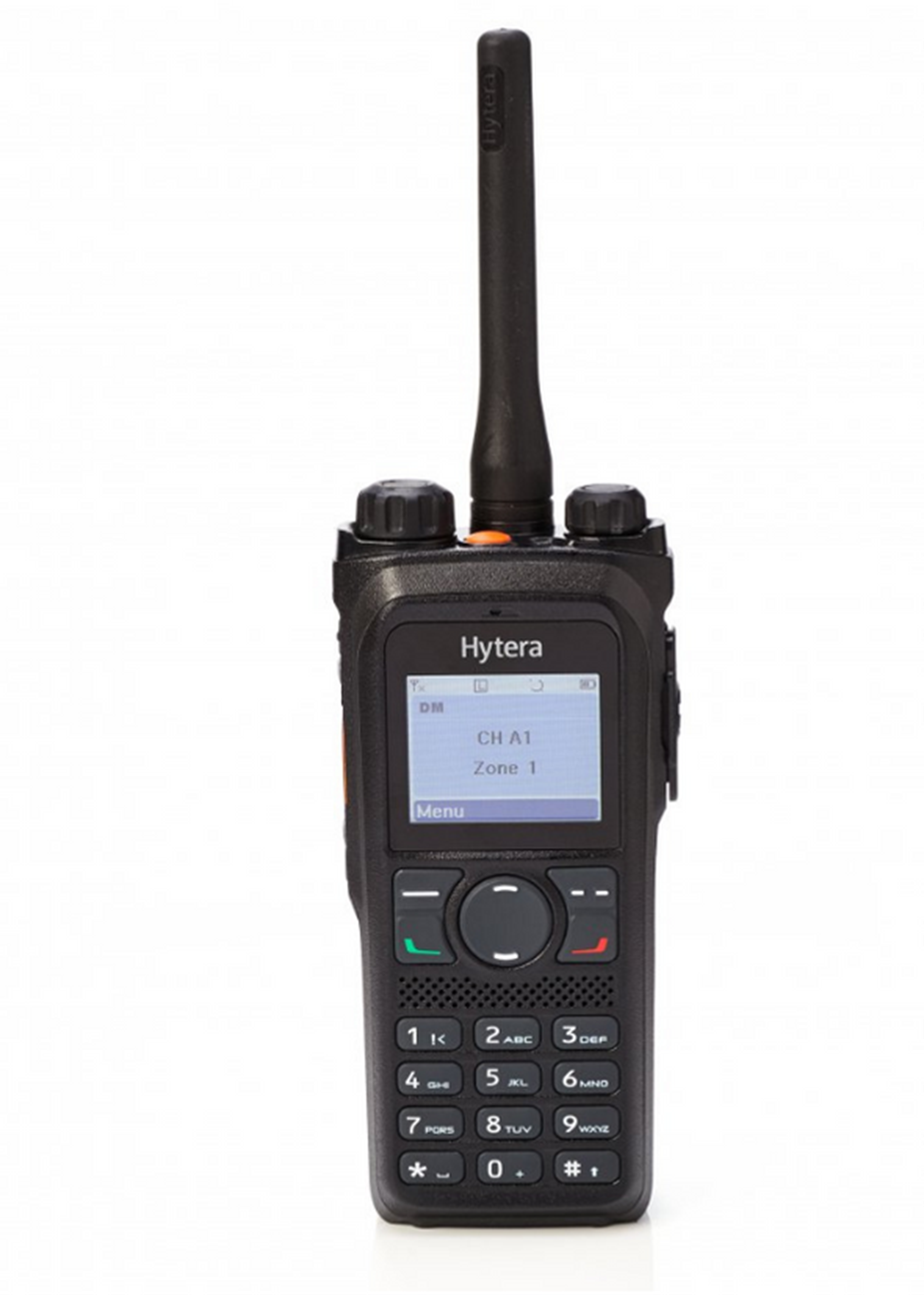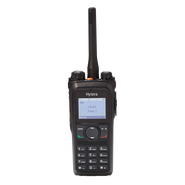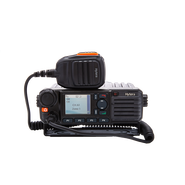The Background
An independent private radio system is a vital resource in mountain rescue, as it provides critical communications between team members, bases, vehicles and potentially other organisations such as the coastguard. Mountain rescue organisations in Scotland use a VHF radio system with a number of designated channels and a range of up to 50km - if they have line of sight.
The long-range VHF radio system is a standalone, robust, well-proven network, which is ideally suited for use in remote, mountainous areas as it can be deployed anywhere. The radios are therefore an essential part of the toolkit for individual rescue teams.
The VHF system has the advantage of a longer range than the Airwave UHF network used by the emergency services. It does not rely on a network of fixed base stations like Airwave, so it is more flexible and not subject to possible network outages caused by natural disasters or power failures.
The analogue VHF radios used by the mountain rescue teams have been a vital component in mountain rescues and saving lives across Scotland since 2004. However, after over 10 years of use in severe mountain conditions, together with new developments in technology, the time had come for the mountain rescue teams in Scotland to upgrade to new digital radios.
This was by no means an easy task and involved the hard work of many people, not only from mountain rescue teams, but also the Scottish Government, Police Scotland, St John Scotland, and the chosen communications solutions provider, Bridge Systems (Dunfermline), who all began working on the radio replacement programme from 2015.

The Challenge
An independent VHF network is critical in Scotland from a resilience point of view. It functions as an alternative in case of damage to other existing radio infrastructure, for example, base stations, power supplies and satellites, which would render mobile phones and the Airwave TETRA emergency services radio network inoperable. The VHF network can also be used as a complementary, multi-channel network to facilitate the coordination of on-the-ground search operations.
The mountain rescue organisations created a working group of experienced volunteers to research the new technologies available as part of their preparation for the radio modernisation project. It was agreed that the new radios needed to provide the same key functionality as the earlier radio system, namely: excellence in communications; robustness; ease of use; and range.
They also wanted to take advantage of developments in modern digital radio technology by choosing a solution with the potential to support additional functionality, which could be useful to the rescue teams.
The Solution
In collaboration with the United Kingdom Search and Rescue (UKSAR) Comms Working Group, the decision was made to adopt Digital Mobile Radio (DMR) technology, as it was deemed best suited to search and rescue. The radio system is based on Hytera RD625 DMR repeaters, PD985GV DMR handheld radios and MD785 DMR mobile radios for vehicles and fixed stations.
In addition to the dedicated working group’s own research and testing, the radios were also given to a number of team volunteers to test and approve before a final purchasing decision was made. The project was funded by contributions from the Scottish Government, Police Scotland and St John Scotland.
A key benefit of Hytera’s DMR technology is that it enables the radios to relay signals via Single Frequency Repeat (SFR), as well as providing GPS data. Relaying signals potentially doubles the range of the radios, allowing signals to ‘pass round a corner’ or ‘down a corrie or gully’. This extra range and versatility is particularly useful in remote areas of Scotland with its challenging terrain and mountainous topography.
The rescue organisations worked with Scottish-based Hytera radio supplier Bridge Systems Ltd. In turn, Bridge Systems was able to collaborate with Hytera to modify the GPS data so that it provided a rescuer with a British map grid reference, rather than just a latitude/longitude position. This meant team members no longer needed to carry a separate GPS device.

The Results
To date, some 1,000 Hytera PD985GV radios and around 150 MD785 mobile radio sets have been supplied for vehicles and rescue posts, spread over 27 rescue teams in Scotland. Communication should now always be possible between any two such radios, so long as they are within range and line of sight of each other. It will often be possible to communicate beyond this range thanks to the Hytera SFR technology.
Both the PD985GV and MD785 models support the Single Frequency Repeat (SFR) capability and incorporate Hytera noise cancellation and audio processing technology to deliver loud, clear audio, so rescue teams can hear each other even in noisy outdoor conditions.
Both models support full duplex calls, so they can send and receive communications simultaneously and communicate with public switched telephone network (PSTN) phones and mobile phones, which can be useful to connect up with other organisations who do not have radios.
The PD985GV handhelds are IP68 dust and waterproof rated, so they are able to sustain performance even in the harsh environmental conditions of Scotland. The radios also come with Man Down and Lone Worker alerting systems and an emergency call facility, so if any rescue team member gets into trouble their colleagues will be quickly notified and their location sent via the radio’s GPS.
The Radio Officer for Dundonnell Mountain Rescue Team (DMRT), Mark Robson, said: “Members of DMRT have been working with the new radios during training and rescues for well over a year now. Any initial reservations about how this technology would compare to the old analogue radios were quickly dispelled when we discovered just how well the Hyteras performed across the remote and complex terrain that makes up the DMRT area.
“The new SFR and GPS capabilities are particularly impressive and, when coupled with real-time digital mapping in our mobile base, are proving a game changer in the way callouts are managed,” added Robson.
St John Scotland Chief Executive, Angus Loudon, said: “We hope that by having access to these state-of-the-art radios, the teams will not only be safer, they’ll be able to help even more people who need them.”
Sgt Peter Lorrain-Smith from Police Scotland commented: “The new radios will help communications and improve safety for mountain rescue teams across Scotland whilst they are responding to lost, missing, and injured hill-walkers and mountaineers.”



